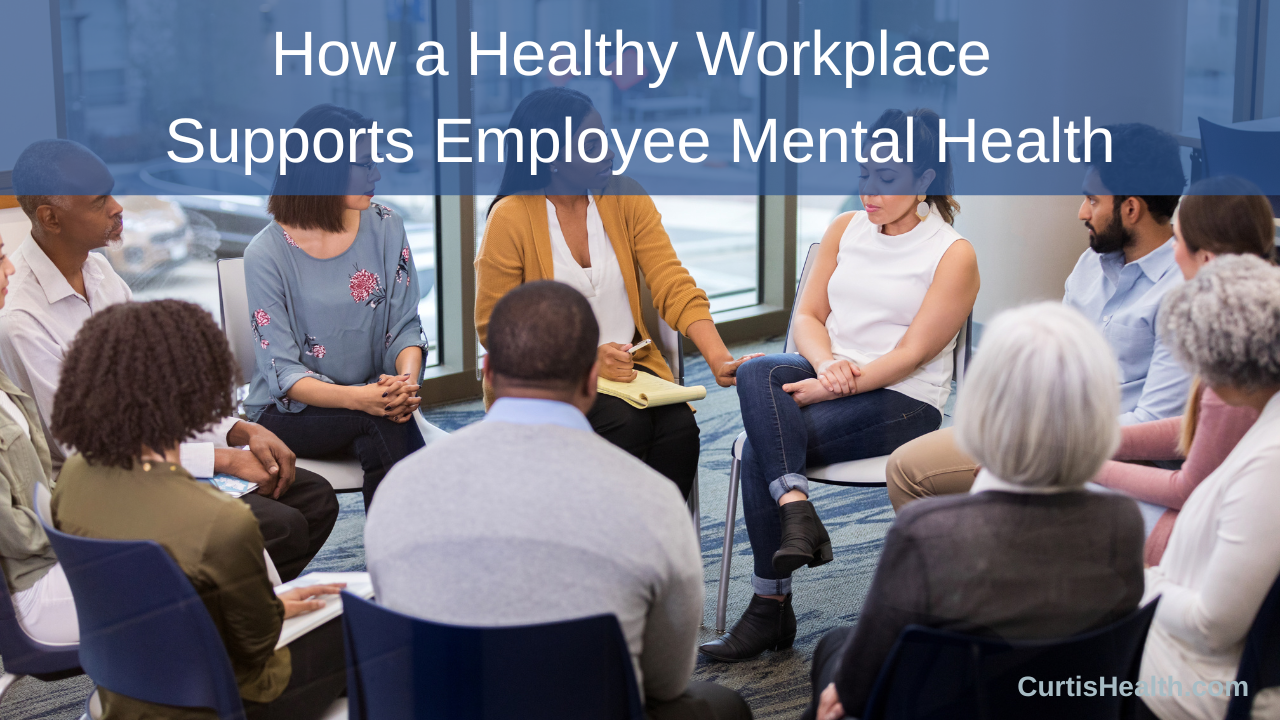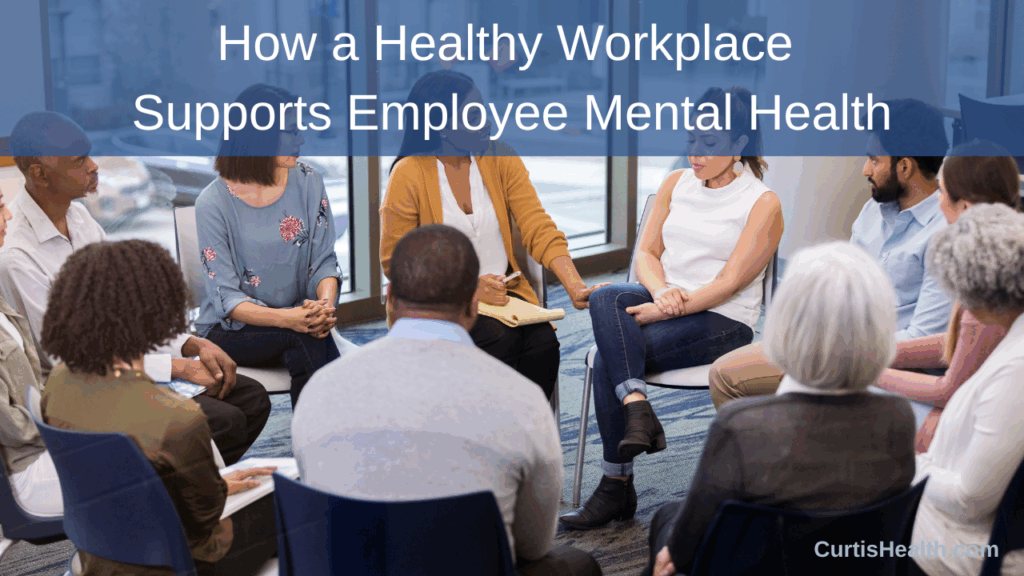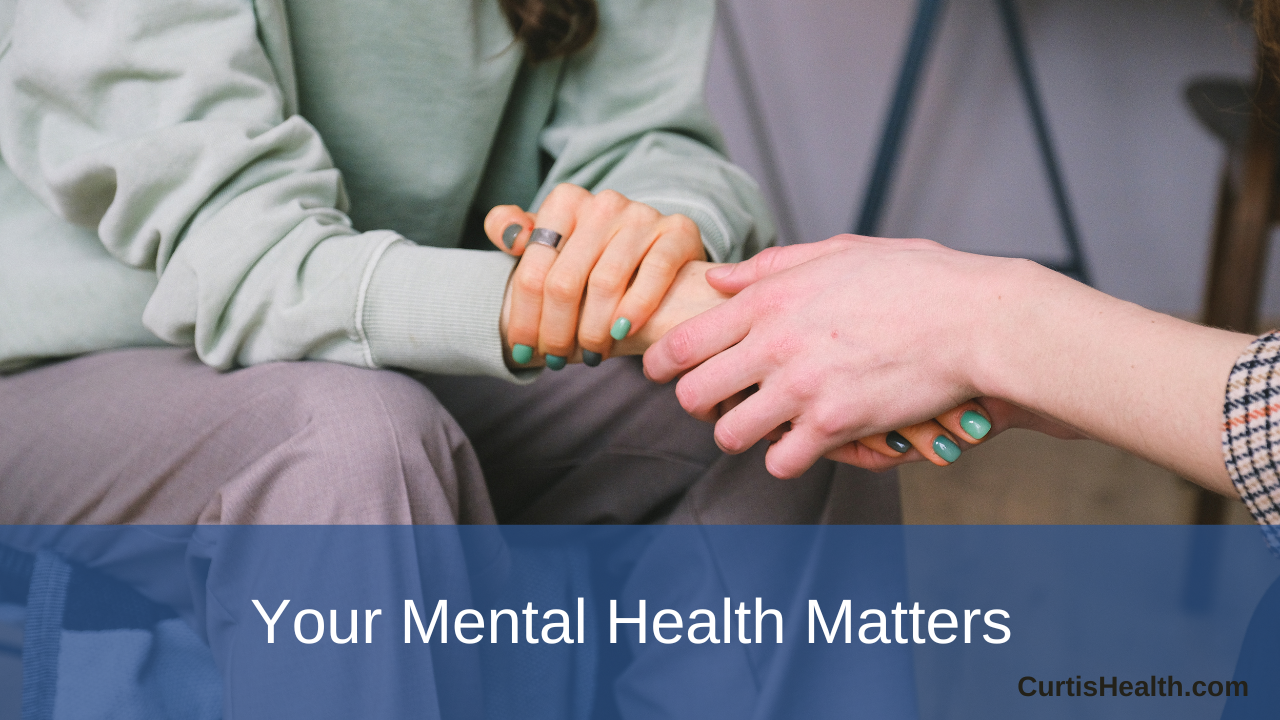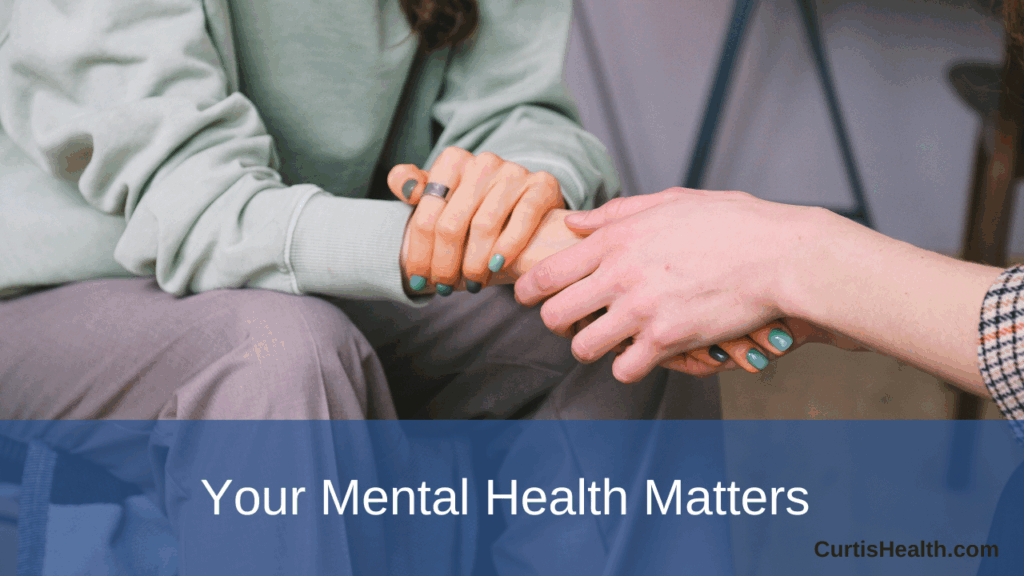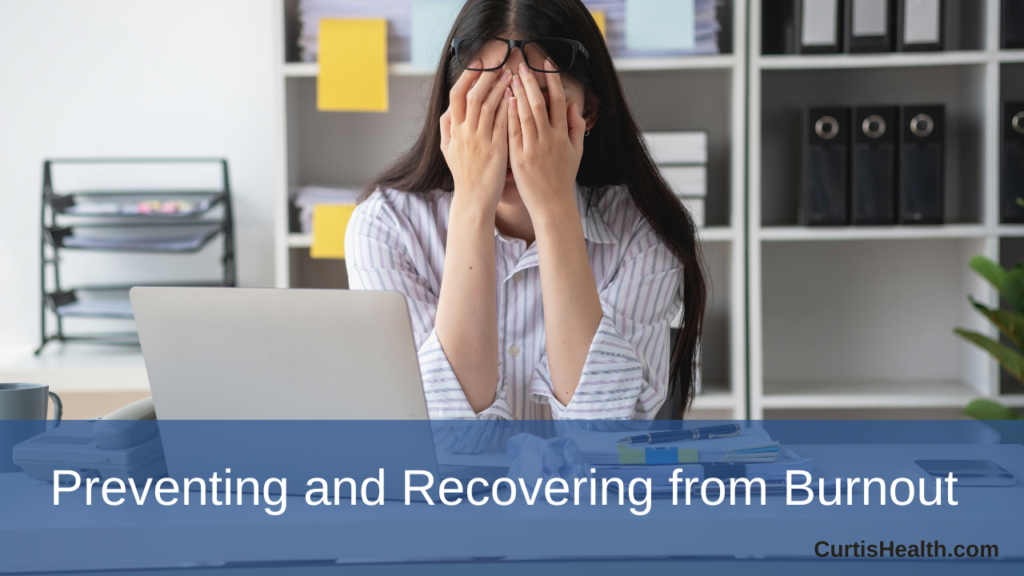This Healthy Workplace Month, as we talk about fitness challenges and healthy eating, it’s crucial to acknowledge the most significant—and often invisible—component of employee well-being: mental health. The modern workplace, with its constant demands, digital connectivity, and pressure to perform, has created a silent challenge that affects a vast number of employees. Toxic burnout culture, chronic stress, and feelings of isolation are not just individual problems; they are systemic issues that demand a strategic, company-wide response. Read More→
Archive for Mental Health
This week marks Mental Health Week in Canada (May 5-11) and it’s more important than ever to have honest conversations about how we’re really doing. Life is full, especially as a parent, partner, or professional, and it’s easy to push our mental health to the sidelines. But we can’t pour from an empty cup. Read More→
Preventing and recovering from burnout requires a combination of organizational support and individual effort. Employers play a vital role in creating an environment that prioritizes employee well-being, while individuals must also take steps to protect their mental health. Read More→
Burnout and depression share many similarities, often making it difficult to distinguish between the two. While they are not identical, both conditions warrant serious attention. Understanding the overlap, alongside the specific stages of burnout, can aid in early identification and intervention.
Burnout vs. Depression
Similarities:
- Emotional exhaustion: Both conditions involve feelings of fatigue, hopelessness, and emotional depletion.
- Detachment: A lack of motivation, disengagement, and withdrawal from activities or responsibilities.
- Physical symptoms: Sleep disturbances, headaches, and changes in appetite.
Differences:
- Cause: Burnout is typically linked to external factors, like workplace stress, while depression often stems from a combination of internal and external influences.
- Scope: Burnout primarily affects professional life, whereas depression impacts all areas of life.
- Response to change: Burnout can improve with changes in environment or workload, while depression usually requires medical or psychological treatment.
Signs and Symptoms of Burnout
Burnout symptoms can be categorized into three main areas:
- Physical Symptoms: Persistent fatigue, headaches, and susceptibility to illnesses.
- Emotional Symptoms: Irritability, feelings of inadequacy, and emotional detachment.
- Behavioral Symptoms: Reduced performance, procrastination, and withdrawal from social interactions.
The Importance of Consulting a Doctor
If you suspect you’re experiencing burnout, it’s essential to talk to a healthcare professional. Burnout can sometimes mask or overlap with underlying medical conditions, including depression or anxiety. A doctor can:
- Conduct a thorough evaluation to rule out physical health issues.
- Provide guidance on managing symptoms and suggest appropriate interventions.
- Refer you to mental health professionals for therapy or counseling, if needed.
Early consultation with a doctor can prevent burnout from escalating and help you develop an effective recovery plan.
Stages of Burnout
- Honeymoon Phase: High energy and enthusiasm lead to over-commitment and neglect of self-care.
- Onset of Stress: Early signs of stress, such as difficulty sleeping and reduced focus, begin to appear.
- Chronic Stress: Stress becomes pervasive, leading to emotional exhaustion and frequent physical symptoms.
- Burnout: Full-fledged burnout includes feelings of hopelessness, detachment, and significant health impacts.
- Habitual Burnout: Chronic burnout may result in long-term mental health issues, including depression and anxiety.
Stay tuned for Part 3: Preventing and Recovering from Burnout
Did you miss Part 1 – Understanding Burnout and Its Dual Impact
***********************
Tim Hawke
It’s important that we take care of ourselves, but sometimes we get caught up in the busy of life and then we find ourselves drowning in all the things we need to do. October is Healthy Workplace Month. Read More→
We must take care of ourselves, but sometimes we get caught up in the busy of life and then we find ourselves drowning in all the things we need to do.
It’s okay to be selfish in taking care of ourselves so we can take care of others. For me, it’s waking up at 5am, so that I can take care of myself, and it allows me to take care of my family. Knowing I did my workout and took time to be quiet makes me feel so good. Exercise is my medicine. Here are my other best tips for positive mental health. Read More→
Recent Posts
Categories
- Avoiding Illness
- Corporate Wellness
- Curtis Health Team
- Fitness Centre
- Fitness Facility Management
- General
- Getting Outdoors
- Gym Hygiene
- Health & Wellness
- Men's Health
- Mental Health
- Mind/Body Wellness
- Mindset
- Miscellaneous
- Nutrition and Exercise
- Recipes
- Setting Goals
- Training
- Uncategorized
- Women's Health
- Workplace Wellness
Home | About Us | Meet the Team | How Can We Help? | Careers | Employers | Property Managers | Individuals | Contact Us | Privacy Policy
Copyright © 2025 Curtis Health
Head Office: 1098 Canyon BLVD, North Vancouver, BC V7R 2K4 Telephone: 604.921.2348
- Billing
- Your credit card will be automatically charged each month through Square.
- Commitment & Cancellation
- There is no long-term contract.
- You may cancel your subscription by contacting us directly. Please allow 5 business days for processing prior to your next billing date to avoid additional charges.
- As our class schedule is organized on a monthly basis, partial months will not be refunded or pro-rated.
- Your subscription is for your individual enjoyment only. Please do your part to ensure appropriate use of our content.
Kintec is offering all Curtis clients (including friends and family) expert shoe fitting to best suit your needs at a 15% discount on regular price footwear.

